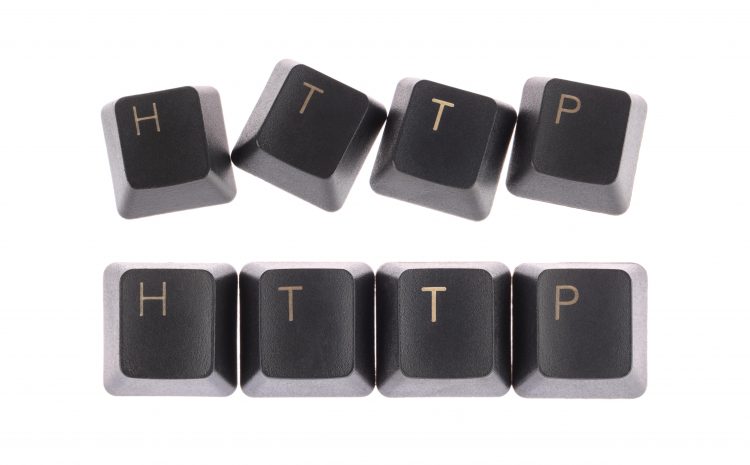Hyphens (-) Vs. Underscore (_)…..Which is best?
In URLs, should you use hyphens (-) or underscores ( )?
You’ll have to make a lot of decisions as you design your website from the scratch. As a result, it’s only natural to neglect a few key aspects that might significantly affect your search engine rankings.
For instance, the URL structure of a website is significant. You have a better chance of ranking at the top of the search engines for your target keywords if you use the appropriate strategy.
What is a Uniform Resource Locator (URL)?
URL stands for Uniform Resource Locator, which is a unique address for a specific web resource. URLs are human-readable words that DNS stores in its database to replace IP addresses. When you type a URL into a search box, the DNS server receives a request to find the IP address of the URL you’re looking for.
The URL link can be found in your browser’s address bar. You can also copy a link’s URL by right-clicking it and copying the link’s URL.
What is known as a hyphen?
The hyphen (-) is a punctuation mark used to connect two words or sections of words. It’s important to remember that a hyphen and a dash are not interchangeable.
What is known as an underscore?
An underscore (_), sometimes known as a low dash, underline, low line, or under dash, resembles an elongated hyphen. It’s the same key as the hyphen on the computer.
It’s important to remember that underscores should only be used in subfolders or filenames.
Recommendations for constructing a decent URL structure
For SEO a purpose, having a good URL structure is important, and it’s something you should take carefully. But how can you be certain that the structure is correct? Here are some tried and true methods for making good use of URLs.
- Always make sure the URL of a page is relevant.
Surprisingly, several websites still employ gibberish-looking URLs that are produced automatically. Such URLs are unsuitable for SEO and give visitors a more perplexing impression. To prevent all of this, make a commitment to adapting each URL to the content of the web page.
- Maintain brevity and simplicity.
In your URL, leave out any words that aren’t necessary. Simply make it brief, straightforward, consistent, and to the point. Avoid using the same keyword in your URL, for example.
- Make use of your targeted keywords.
The primary keywords are the ones you want to rank for. This implies that you should keep these terms in mind. They are keywords that describe what is on a web page and contain terms that are often used (or are likely to be used) by people looking for the information on the page. The URL of the page must include a primary keyword.
- To customize and separate words, add hyphens.
To separate two or more words, the best SEO practice is to use a hyphen. Hyphens enable Google to index each term/keyword separately. In a moment, we’ll go through how to use hyphens in URLs in depth.
- Maintain a simple URL structure.
The most important thing you’ll ever hear about the URL structure of your website is that it should be as basic as possible.
Final few tips: Here are several URL techniques you can use:
- Avoid URLs with many parameters that are unnecessarily complicated.
- Instead of a long string of numbers, use readable phrases in your URL structure.
- Select a URL that accurately identifies the page and provides a compelling cause for people to click your link.
To know more about URL optimization, contact Maxleads; the best digital Marketing agency in Malaysia.


Write a Comment